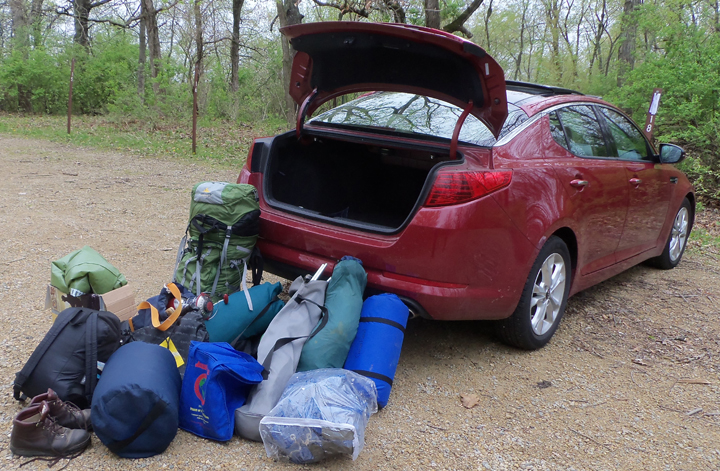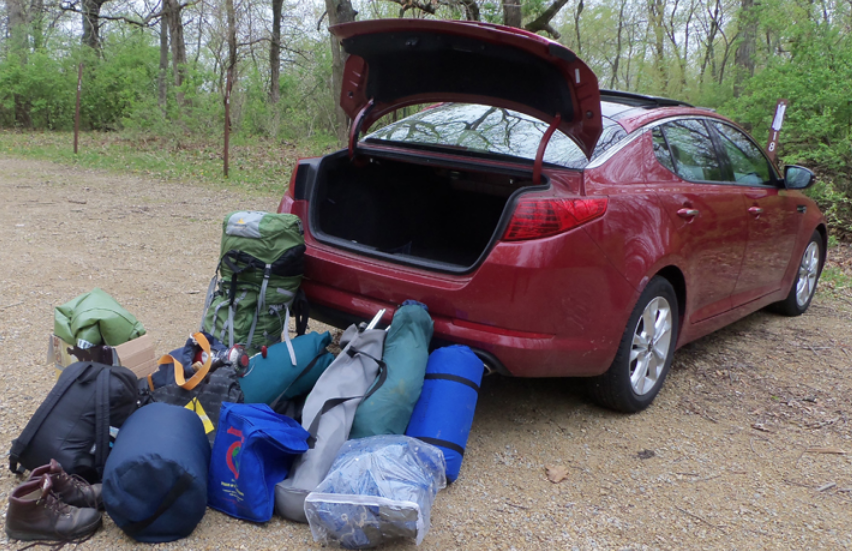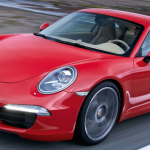
Text by Jack Stewart
For decades, SUVs have been promoted as the essential vehicles for camping and any other rigorous outdoor sport. The marketers would have you believe that a normal sedan at Yosemite would be about as welcome as a Hummer at an Earth Day rally. I’ve driven SUVs and sedans on camping trips, and sedans are better.
How to Pack a Car
Most modern sedans have huge trunks. They can easily swallow tents, backpacks, sleeping bags, and any other equipment needed for a camping trip. The extra mass of an SUV doesn’t always translate to more cargo room.

If your campsite is off-road or at the end of a boulder-strewn “4 Wheel Drive Only” road, then you need an SUV. However, more people camp at public campgrounds than on the Rubicon Trail. My gravel alley demands more traction and ground clearance than I’ve ever needed at a state park. Any mild-mannered sedan will have no problem with the terrain of the average campground.
Sedans
Sedans are more than adequate for the practical needs of camping, but where they really score is in comfort and economy. Sedans (especially “old man” sedans such as Lincoln MKS or Buick LaCrosse) are great expressway cruisers with comfortable rides and plenty of stretch-out room. When the final stretch of the trip is on twisty county roads, a sedan is way more fun than a tall SUV. Other good camping sedans include the Chevrolet Malibu, Ford Taurus, Chrysler 300, Audi A3 (okay, it’s a hatchback), and Honda Accord.
Savings
Any long trip involves a trip to the pump. That’s where the sedan really scores over the SUV. Even crossover SUVs tend to be thirstier than sedans. With gas prices north of $4.00 a gallon, the cost of a rugged SUV image is getting more expensive.
If you want to impress the other campers with your rugged persona, a jacket from L.L.Bean or Cabela’s is a lot cheaper than driving a sport ute.
Why Your Headlamp Lenses Are Clouding Up



